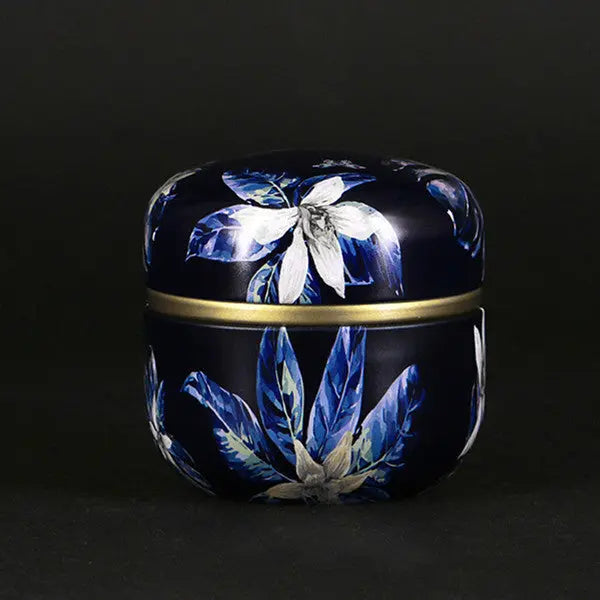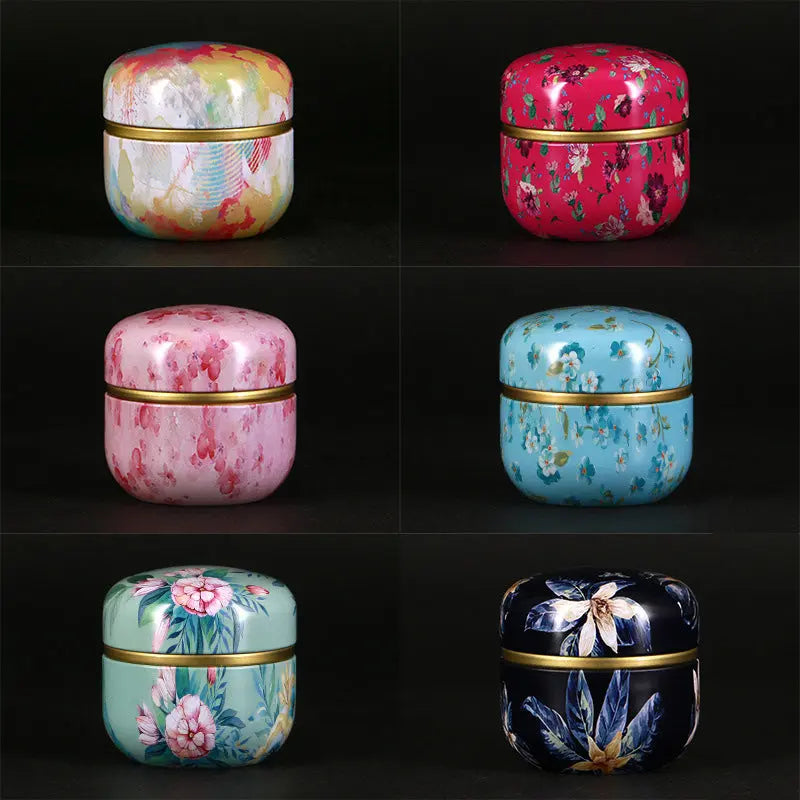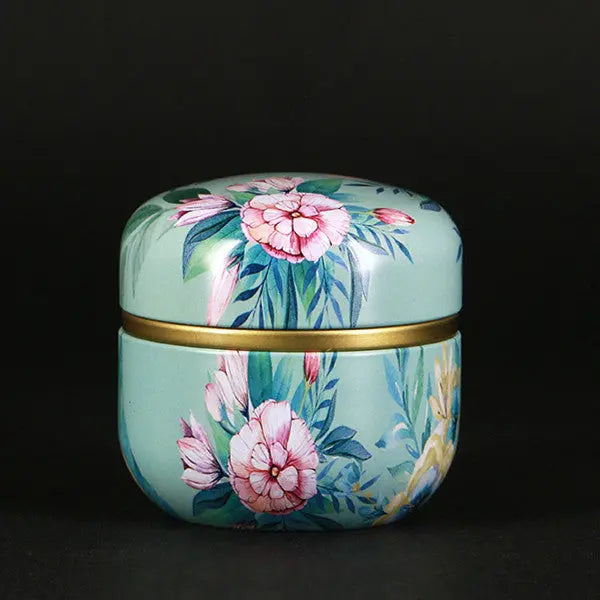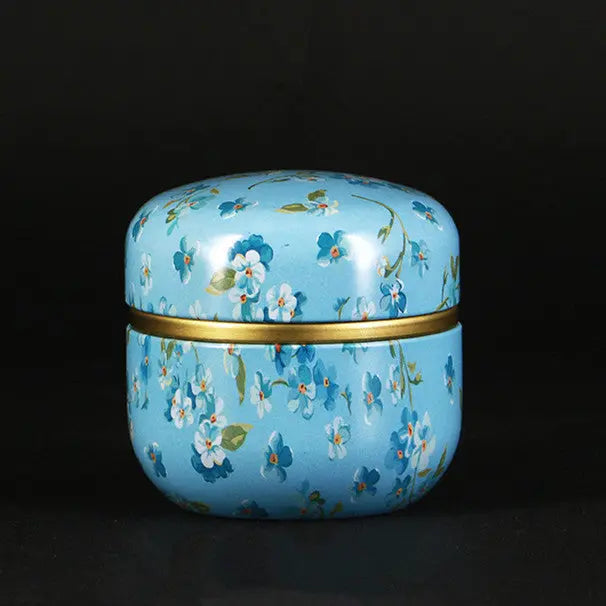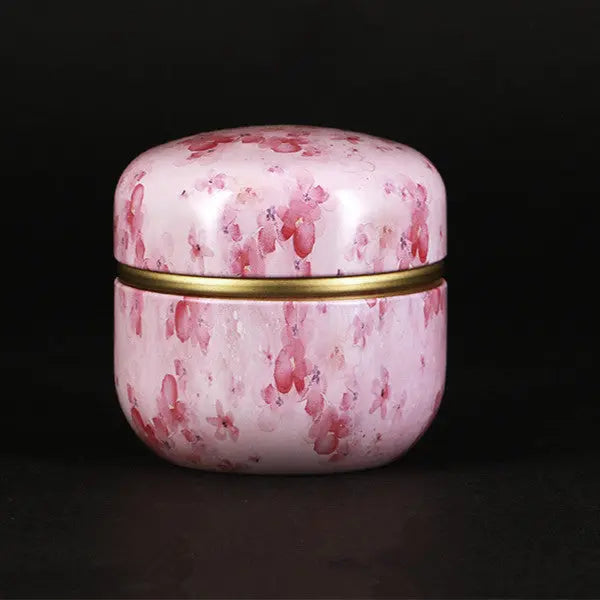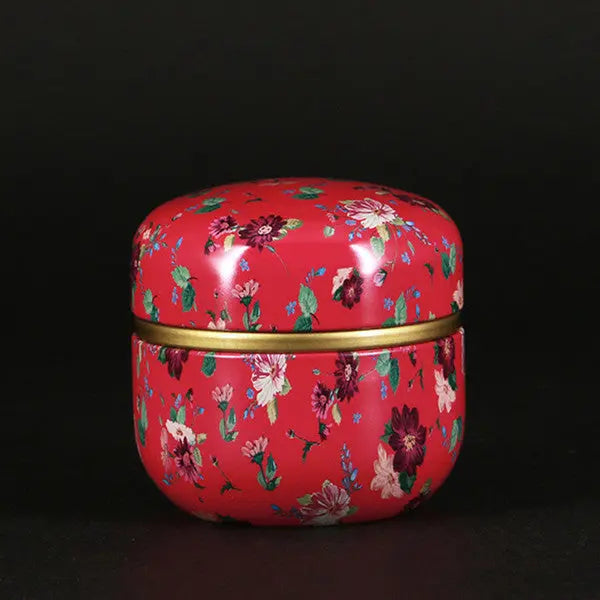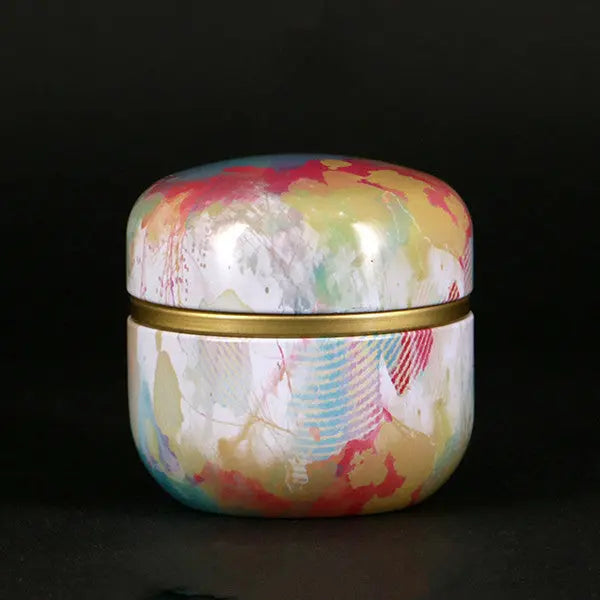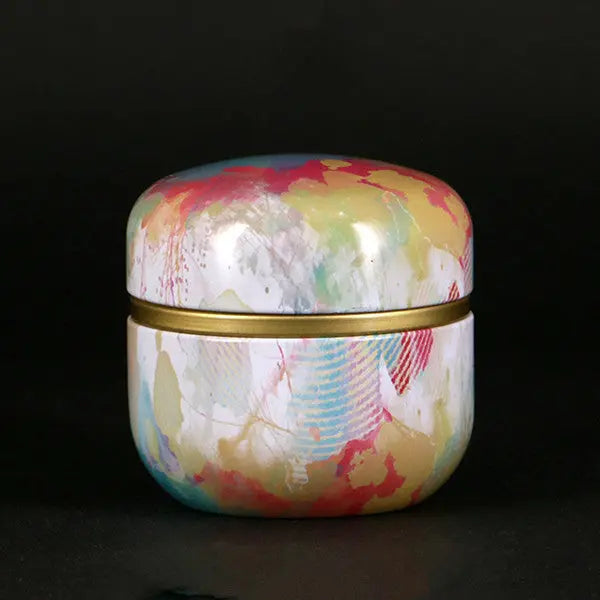1. Introduction to Cremation: A Brief History
The practice of cremation, a process where the body is reduced to ashes through the application of intense heat, has a rich and varied history dating back thousands of years. This article seeks to explain the specifics of the cremation process, dispelling misconceptions and providing insights into its cultural and religious significance in different societies.
Cremation: A Timeless Tradition
Cremation has been a part of human society for millennia. According to a study by the University of Nottingham, evidence of cremation dates back to the Stone Age, around 3000 B.C. The practice has been seen in various cultures across the globe, from the ancient Greeks and Romans to the Vikings in Nordic regions.
In many societies, cremation was seen as a way to purify the soul for the journey to the afterlife, while others viewed it as a practical solution to dispose of the deceased in times of disease or war.
Modern-Day Cremation
In the modern era, cremation has become increasingly popular due to various factors, such as environmental considerations, cost, and changing religious views. A study by the Cremation Association of North America found that the cremation rate in the United States increased from just 3.56% in 1960 to over 50% in 2016.
However, despite its growing acceptance and prevalence, the process of cremation remains a mystery to many. This article aims to demystify the procedure, exploring the technological, legal, and ethical aspects involved.
The Process: From Body to Ashes
The process of cremation is more than just burning a body; it involves a series of steps that ensure the process is carried out as respectfully and efficiently as possible. We will delve into the technical aspects of cremation, explaining how modern cremation chambers work, the temperatures involved, and what happens to the remains afterwards.
This introduction provides a brief historical overview and context for the topic of cremation. As we delve deeper into the subject, we will explore the cultural, societal, and personal factors that influence the choice of cremation over traditional burial. Whether you're considering cremation for yourself or a loved one, or simply curious about the process, this article aims to provide a comprehensive understanding of cremation in today's world.
2. The Pre-Cremation Procedure: Paperwork and Preparation
After understanding the historical context of cremation, it's essential to dive into what happens before the actual cremation process. This section will elucidate the pre-cremation procedures, which include vital paperwork and preparation.
Paperwork: An Essential Step
Before the cremation process can begin, certain legal documents must be completed. The primary document required is the death certificate, which must be signed by the attending physician or coroner. The funeral home will typically handle this, but it's important to verify this to avoid potential delays.
In a study by the National Funeral Directors Association (NFDA), it was found that 75% of people were unaware of the paperwork involved in cremation. John, a retired lawyer from New York, shares his experience: "When my wife passed away, I was overwhelmed with grief. The paperwork was the last thing on my mind. Thankfully, the funeral home was very supportive and guided me through the process."
Preparation: Respectful and Considerate
The body is prepared for cremation in a respectful and considerate manner. This preparation may include the removal of pacemakers, which can explode in the heat, and certain prosthetics or implants. The body is then placed in a combustible, leak-proof container, often made from cardboard, plywood, or fiberboard.
Sarah, a funeral director from Texas, explains: "We ensure to treat each body with the utmost respect and dignity. The preparation process is not just a technical requirement, but a tribute to a life lived."
Practical Tips
- Ask for help: Navigating the paperwork and preparation process can be overwhelming, especially during a time of grief. Don't hesitate to ask your funeral director for help – they are there to assist you.
- Check the details: Make sure all the details on the paperwork, particularly the death certificate, are accurate. Errors can cause unnecessary delays.
- Understand the process: Knowing what happens during the preparation for cremation can provide some comfort and closure.
In summary, the pre-cremation process is a crucial part of the overall cremation journey, involving critical paperwork and respectful preparation. By understanding these steps, you can ensure a smoother process during a difficult time. The next section will delve deeper into the cremation process itself.
3. Inside the Cremation Chamber: The Physical Process
Now that we've covered the pre-cremation procedures, let's delve into the heart of the process: the cremation chamber. This step-by-step guide will help demystify the cremation process, answering common questions and shedding light on this often misunderstood practice.
The Cremation Chamber: A Closer Look
Also known as a retort, the cremation chamber is a high-tech furnace designed to withstand intense heat, up to 1800 degrees Fahrenheit. Here, the transformation of the body to ashes takes place. The chamber is meticulously maintained to ensure its efficiency and safety.
In a recent study by the Cremation Association of North America, it was found that modern cremation chambers are designed to minimise environmental impact, with sophisticated filtering systems and heat recovery measures.
The Process: From Body to Ashes
Once the body is placed in a combustible container, typically a casket or a cardboard box, it is then inserted into the retort. The chamber is then heated to the aforementioned high temperatures, causing the body and the container to disintegrate, leaving only bone fragments behind.
It's important to note that the process is handled with the utmost respect and professionalism. As one crematory operator, John, shared, "We treat each case with the dignity it deserves, remembering that we're handling someone's loved one."
Post-Cremation: The Processing of Ashes
After the cremation, the remains are cooled and then processed into a fine, sand-like texture. This is done using a machine known as a cremulator. The final ashes, also known as cremains, are then placed in an urn or container selected by the family.
John also noted that families are often surprised by the amount of ashes. "An adult typically produces about 3-7 pounds of cremains," he said, "depending on their size and bone density."
Practical Tips
- Container selection: Choose the container or urn that best suits your family’s wishes.
- Disposition planning: Think about how and where you’d like the ashes to be kept or scattered.
- Informed decisions: Understanding the cremation process can bring comfort and clarity during a difficult time.
Understanding the cremation process can help make informed decisions that honour your loved one's wishes and provide peace for your family.
4. Post-Cremation: Handling of Ashes and Remains
After understanding the physical process that takes place inside the cremation chamber, the next step is to comprehend how the ashes and remains are handled post-cremation. This is an important part of the cremation process, as it provides closure to families and respects the deceased's final wishes.
Collecting the Ashes
After the body has been reduced to bone fragments in the cremation chamber, these are carefully collected and transferred to a processing machine. Here, metal debris such as surgical pins or dental fillings are removed, and the bone fragments are ground down to a fine, sand-like consistency. This is what we commonly refer to as "ashes."
A recent study by the Cremation Association of North America (CANA) showed that most people choose to collect the ashes in an urn or a container, which can be kept at home, buried, or placed in a columbarium. It's also possible, however, to scatter the ashes in a meaningful location, in line with local laws and regulations.
Honouring the Deceased's Wishes
Respecting the deceased’s final wishes is paramount during this stage. Anecdotal evidence from funeral directors shows that many families find comfort and closure in fulfilling these last requests. For example, one woman, Jane, recounted how she scattered her mother's ashes in her favourite rose garden, as per her mother's instructions. This act, she said, provided a sense of peace and completion.
Practical Tips for Handling Ashes and Remains
- Obtain permissions: If you intend to scatter ashes, ensure you have the necessary permissions. Public areas, like national parks, may require permits.
- Check travel guidelines: If travelling with ashes, confirm the airline’s policies, as each may have specific requirements.
- Hold a ceremony: Consider organising a private ceremony for scattering ashes or placing them in their final resting place to provide closure and honour the deceased.
In conclusion, the handling of ashes and remains post-cremation is a personal and emotional process. By understanding the mechanics and being aware of the practicalities, families and loved ones can ensure a respectful and fitting farewell.
5. Cremation versus Traditional Burial: Weighing the Options
In our ongoing exploration of the cremation process, we've now reached a critical point. Many families who consider cremation often grapple with this question: Is cremation the right choice, or should they opt for a traditional burial?
Cremation: A Cost-Effective Choice
One of the primary reasons families choose cremation is its cost-effectiveness. The National Funeral Directors Association (NFDA) reported that the median cost for a funeral with burial in 2019 was $7,640, excluding the cemetery plot and headstone. On the other hand, the median cost for a funeral with cremation was significantly lower at $5,150.
A Practical Anecdote
Consider the case of the Thompson family. When their beloved matriarch passed away, they were in a financial crunch. They opted for cremation and were able to conduct a dignified memorial service while also avoiding heavy financial burdens. For them, cremation was a cost-effective and respectful choice.
Burial: A Time-Honoured Tradition
On the other hand, traditional burial is often seen as a way to maintain long-standing family and cultural traditions. It provides a physical place to visit and remember the deceased. Despite the higher costs, many families find comfort in the ritual of a traditional burial.
Take the Smith family as an example. Their lineage traces back to the early settlers, with generations buried in a family plot. For them, choosing a traditional burial was a way to honour their family history and maintain a physical connection to their past.
Environmental Considerations
Recent studies indicate that families are increasingly considering the environmental impact of their choices. A report in Environmental Science & Technology noted that cremation's carbon footprint is less than one-third that of a conventional burial. However, both options can be made more environmentally friendly. For instance:
- Green Burial: Skips embalming and uses biodegradable materials.
- Eco-Friendly Cremation: Can include carbon offset purchases.
Making the Decision
Weighing between cremation and traditional burial is a deeply personal decision. It’s important to consider all aspects, including financial implications, family traditions, and environmental impact. Engage in open conversations with family members, consult with funeral professionals, and take the time to make the decision that feels right for your situation.
6. The Environmental Impact of Cremation
After considering the practical and financial aspects of cremation versus traditional burial, you might be wondering about the environmental implications. As we become more conscious of the need to protect our planet, it's natural to think about the environmental footprint of our final disposition choices.
Carbon Footprint of Cremation
Cremation, at first glance, may seem like the greener choice. However, it's not without its environmental impact. According to the Cremation Association of North America, a typical cremation uses about 28 gallons of fuel and releases about 540 pounds of carbon dioxide into the atmosphere. This is equivalent to a 500-mile car trip.
Sarah, an environmentally conscious woman from Portland, chose cremation for her late father, believing it was the more eco-friendly option. "I was shocked to learn about the CO2 emissions," she said. "It made me reconsider whether cremation was the right choice."
The Mercury Problem
Another environmental concern associated with cremation is mercury emissions. Dental fillings, which often contain mercury, vaporise at high temperatures and can be released into the air during cremation. The UK's Environmental Agency estimated that crematoriums were responsible for 16% of the country's mercury emissions in 2003.
Greener Alternatives
If you're concerned about the environmental impact of cremation, there are several greener alternatives to consider:
- Bio-Cremation: Also known as alkaline hydrolysis, this process uses water and potassium hydroxide to break down the body, substantially reducing the carbon footprint compared to traditional cremation.
- Natural Burial: Involves burying the body in a biodegradable coffin or shroud without embalming, allowing the body to decompose naturally and return to the earth.
John, a New Yorker who lost his wife recently, opted for a natural burial. "The idea of her becoming a part of the earth again was comforting," he shared.
Final Thoughts
While cremation may have a lesser environmental impact compared to traditional burial, it's not completely eco-friendly. As the green burial movement gains momentum, more environmentally-conscious options are becoming available. It’s worth researching these alternatives when planning for your end-of-life decisions.
7. Cultural and Religious Perspectives on Cremation
As we conclude our exploration into the cremation process, it's important to understand that the practice of cremation is not only influenced by personal beliefs and environmental considerations but also by cultural and religious perspectives.
Cultural Views on Cremation
In many cultures worldwide, cremation is seen as a way to honour the deceased and free their spirit. For instance, in Hinduism and Buddhism, cremation is viewed as a key part of the death rites, symbolising the release of the soul from the physical body, preparing it for rebirth or ultimate liberation.
Notably, in Japan, a country with strong Buddhist influence, cremation rates are as high as 99.97%, according to a 2018 report by The Japan Times.
Religious Attitudes Towards Cremation
Religious attitudes towards cremation vary significantly:
- Hinduism and Buddhism: Embrace cremation as a spiritual practice that facilitates the soul's journey.
- Judaism and Islam: Traditionally oppose cremation, favouring burial instead.
- Catholicism: Historically discouraged cremation but has softened its stance in recent decades, allowing cremation while preferring the body to be present for the funeral mass.
Balancing Cultural, Religious, and Environmental Considerations
The decision to cremate is multi-faceted, encompassing personal, cultural, religious, and environmental factors. As society becomes increasingly eco-conscious, more individuals are considering the environmental impact of their end-of-life choices. However, it is equally important to respect cultural and religious traditions and personal wishes.
Final Thoughts
In conclusion, understanding the cremation process can help us make informed decisions about our own end-of-life plans or those of our loved ones. This article has provided insight into the physical process of cremation, its environmental impacts, and the cultural and religious perspectives that shape attitudes towards it.
From the technical aspects of the cremation chamber and the transformation of the body to the final disposition of the ashes, we've delved into the journey that takes place during cremation. Whether you view cremation as a way to honour a loved one, a method to reduce environmental impact, or a practice aligned with your spiritual beliefs, the choice is deeply personal.
The most important takeaway is to have these discussions with your loved ones, ensuring that everyone's wishes are understood and respected. After all, a well-informed decision is the best decision.


